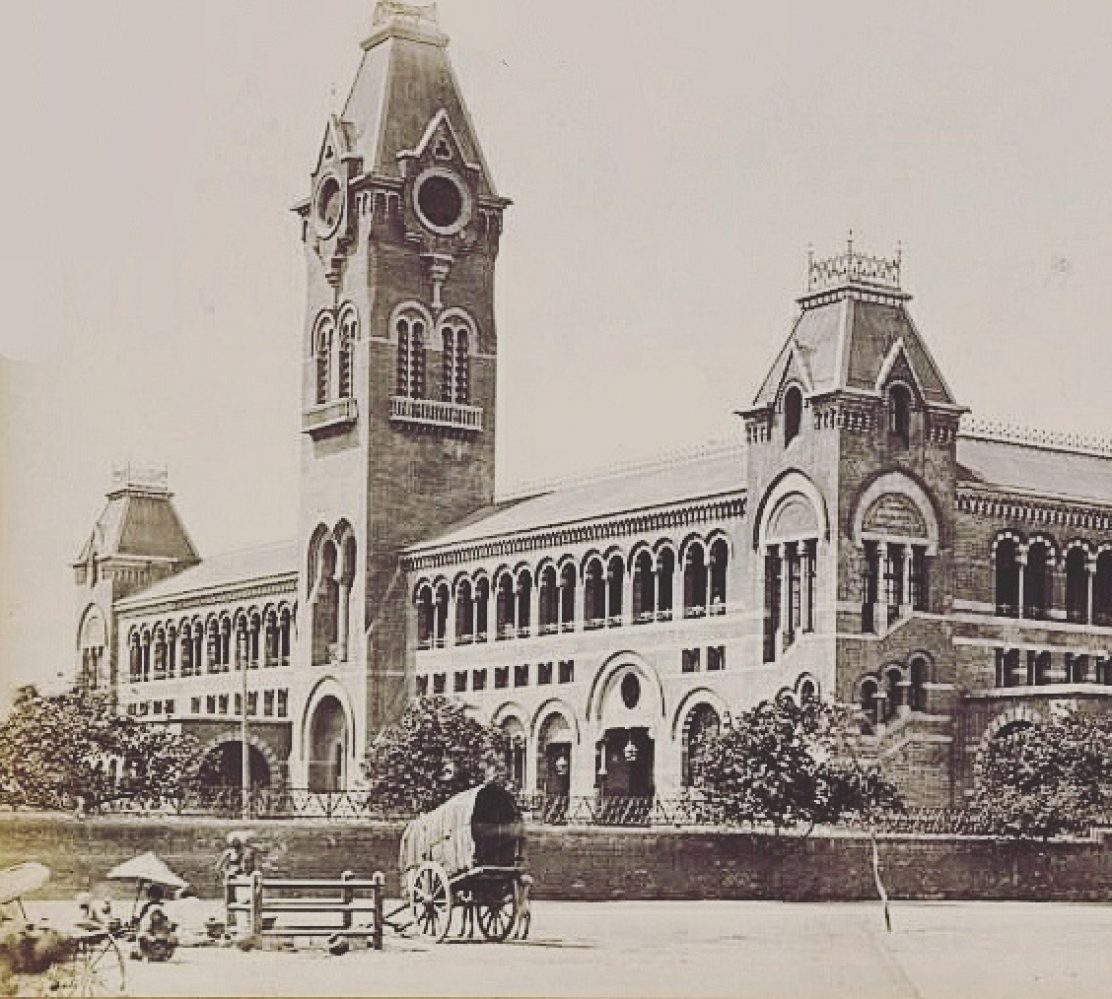The Long Tank was a boomerang-shaped lake, about 6 km in length from the southernmost tip of what was called the Mylapore Tank to the westernmost tip of the tank it flowed into, the Nungambakkam Tank. The Mylapore Tank stretch was one of the early venues (1870s-90s) of the Madras Boat Club.
Mambalam’s urbanisation started in 1911 when the government constructed a railway station there, as a stop on the Madras-Kanchipuram line. Until 1923, the Long Tank was considered the western limit of the city. In 1923, the Town Planners decided that growing Madras needed more land for housing and proposed the Mambalam Housing Scheme for whose 1600 acres it became necessary to breach the Long Tank and let its waters into the Adyar. The breaching was done in 1930, and the development of Theogaraya Nagar (T’Nagar) began. Then, in 1941, the ‘Lake Area’ was developed on part of the Nungambakkam Tank and was followed by 54 acres being given for the campus of Loyola College. The last vestiges of the tank were handed over, in 1974, for the Valluvar Kottam complex.
Source: S.Muthiah | The Hindu | Sriram.V |dsal.uchicago.edu


